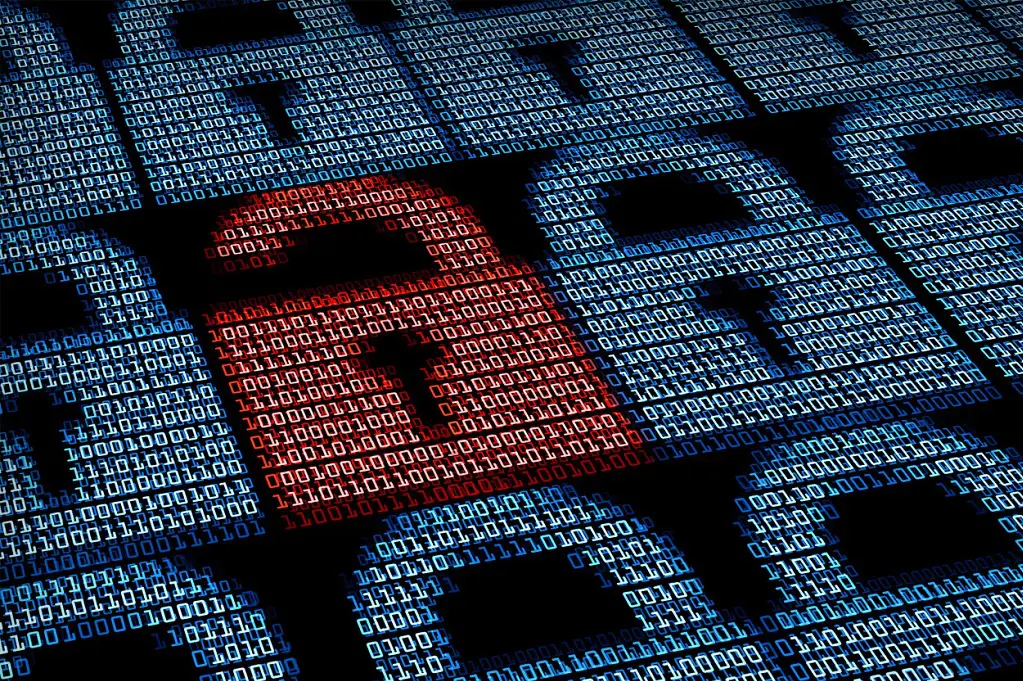One of the biggest security issues when it comes to online accounts is the trust you place in those organisations with your personal details and, more importantly, the password you chose for that account. In some cases, you will use the same password for everything to save the hassle of remembering a list of different passwords. Once a hacker works out one password then they will know all of your account’s passwords. A good analogy to think of is if you used the same key for your house and your mailbox. If you dropped or lost your mailbox key, somebody could pick it up and get your junk mail, but they could also open up your house!
That’s why it’s super important to use different passwords for everything.
SuperTechman – Password Security Tips
Why Password Breaches Happen
Password breaches usually occur when cybercriminals gain unauthorized access to databases storing user credentials. This can happen through:
- Phishing attacks
- Unpatched security vulnerabilities
- Poorly secured websites
- Reused or weak passwords
Once stolen, passwords are often sold on dark web marketplaces or dumped publicly for other hackers to exploit.
Signs Your Password May Be Compromised
Here are some telltale signs that your password has potentially been breached:
- Unfamiliar login activity on your accounts
- Password reset emails you didn’t request
- Unexpected messages sent from your account
- Locked-out accounts due to unauthorized access
- Alerts from security software or identity monitoring tools
Has my password been breached?
This handy website https://haveibeenpwned.com/ offers a tool to find out if your password has been part of any data breaches. They do this regularly, checking hacker websites and forums for leaked data and is able to cross-check it with your email address.
For example, when I checked with my personal email address I found that two of my passwords had been breached.

I was then able to scroll down and find out what websites had been compromised and what passwords I shouldn’t trust. Because like most everybody I sometimes use the same password for multiple things.

too.
2. Enable Two-Factor Authentication (2FA)
Adding an extra layer of security significantly reduces the risk of unauthorized access, even if someone has your password.
3. Use a Password Manager
A reputable password manager helps generate strong, unique passwords and keeps them securely stored.
4. Review and Secure Your Accounts
Look through all connected accounts, financial data, and settings to ensure nothing has been tampered with. Report any unauthorized activity to the service provider.
Best Practices to Avoid Future Breaches
- Never reuse passwords across services
- Use complex, unique passwords for each account
- Enable 2FA wherever possible
- Stay updated on recent security news and breaches
- Avoid saving passwords in plaintext files or browser notes
Final Thoughts
Password breaches are an unfortunate reality of the modern digital age. The good news is that you can take proactive steps to see if your password has been breached and secure your information before it leads to identity theft or financial loss.
Regular checks and smart security habits go a long way in protecting your digital life.


